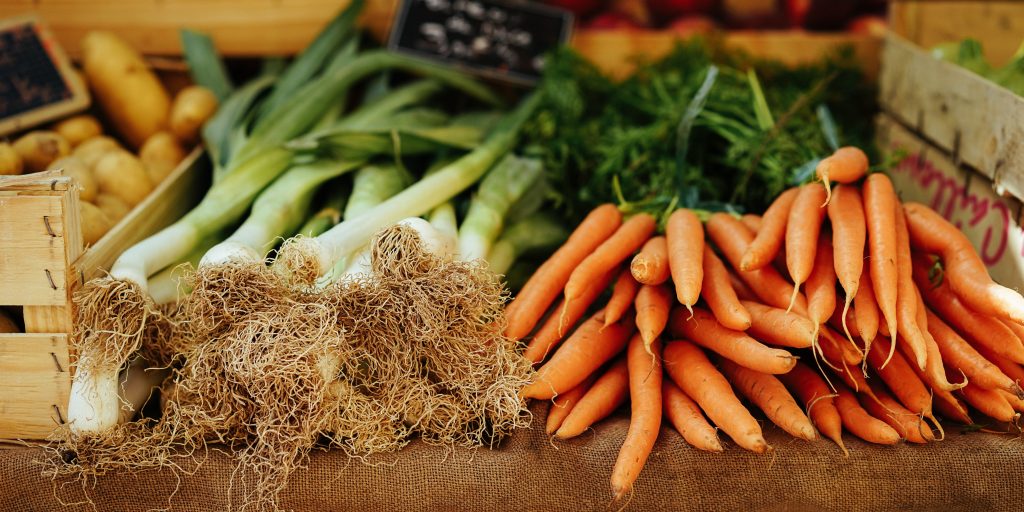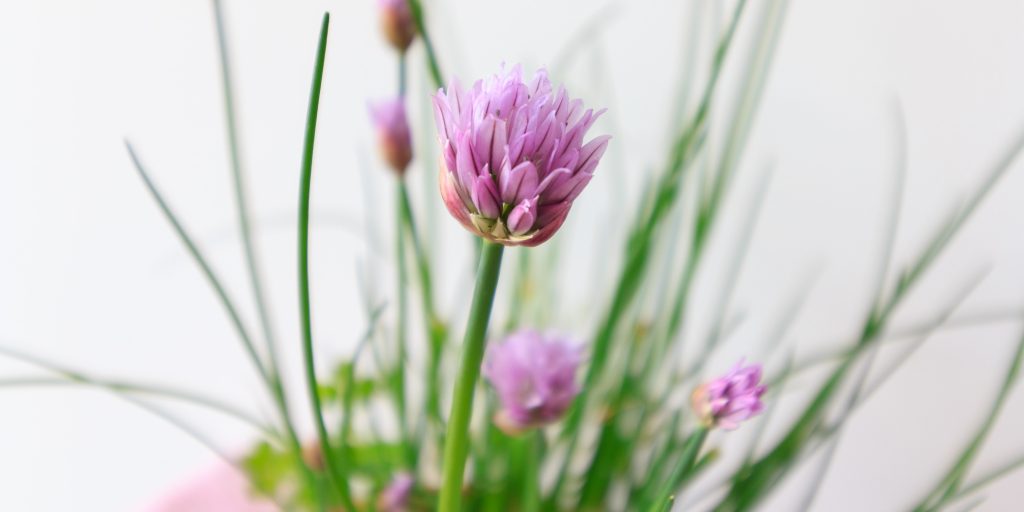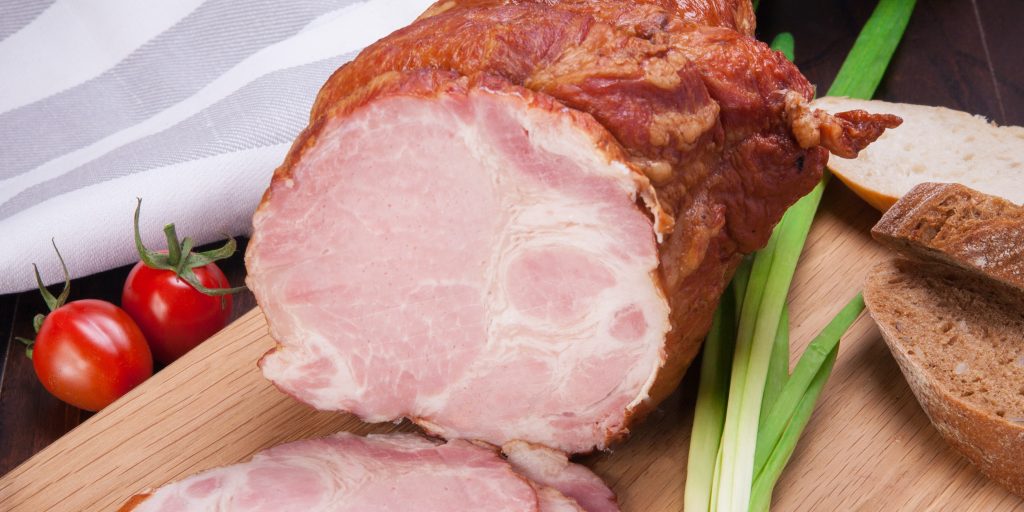
What do Peppers Taste Like?
There are thousands of varieties of peppers grown in the world. Peppers can be mild or ridiculously spicy, and come in a variety of shapes and colors and sizes. Local peppers can also come in lots of shapes!
You can find thin or blocky shapes, long or short peppers, thick or thin walled varieties. Bell peppers are called so because they have three or four lobes.
Green and purple bell peppers have a slightly bitter or tangy flavor. Greens may taste grassy and pair well with tomatoes. Orange, red, and yellow bells are sweeter and fruitier. Red bells are the sweetest, as are red chiles as well.
Chiles, or hot peppers, are spicy because they have capsaicin. Mild peppers like bell peppers have a recessive gene that stops them from forming capsaicin.
Capsaicin is located in the pith, or white part that makes up the core. Capsaicin is an alkaloid that has all the heat but not the flavor. To enjoy the flavor of local peppers without heat, remove the pith.
Chiles have flavors that range from sweet to smoky, and can taste different even from the same plant. Heat levels vary by variety, but also by stress level. Birds are not affected by capsaicin, but others pests are. A stressed plant will amp up the capsaicin to deter pests.
The Scoville test is a subjective measure of how hot a chile is. The amount of heat a chile is packing is based on how many drops of sugar water need to be added until you can’t taste the burn any more. The higher the number, the hotter the chile.
Chiles, like sweet peppers, have different flavors depending on their growing stage. At full maturity, a chile has a more complex aroma and a different flavor from an unripe, or green chile. The hottest chiles are usually green, because a red chile has more sugar and tastes sweeter.
Over at Spices, Inc., they have a list of different flavor profiles of chiles. They say chiles can taste like smoke, nuts, citrus, raisins, tobacco or fruit. They can also taste spicy, earthy, or sweet.
Growing Local Peppers
The pepper is native to Central America, and has been cultivated for at least nine thousand years. Peppers are a heat loving crop, and are considered perennials under the right conditions.
Peppers are great for edible landscaping because they can be such beautiful plants. They grow in full sun, during warm weather, in well drained soil.
In Maryland, start your pepper plants early. Start pepper seeds in mid to late February, then transplant them in mid to late April. You’ll start to see local peppers in the farmers markets and on your plants as early as late June.
Sweet peppers may germinate faster than hot chiles. When growing peppers from seed, the key is patience for germination. A seedling heat mat may help seeds germinate faster.
Feed a balanced fertilizer when transplanting, and again when the first flowers form. Some plants need staking, but most don’t. Most plants will have peppers within 65-75 days after transplanting.
Some pepper plants can be overwintered indoors successfully. If you have a sunny window or a grow light, you can dig up and pot your pepper plants, then keep them indoors in the winter. Plants can live 5 to 10 years this way.
Types of Peppers
Peppers come in so many different varieties it is impossible to list them all. There are plenty of people out there that can recommend a good variety, or a good hot sauce, so you can try as many as possible.
A hot pepper guide lists some popular hot pepper varieties.
Some peppers go by different names, depending on whether they are fresh or dried. For example, chipotle peppers (my personal favorite) are really smoked and dried jalapeños.
You should be able to find both dried and fresh local peppers. If you want to substitute a pepper in a recipe, look it up so you know if they are compatible. Heat levels and flavors can be very different!
Preserving Peppers
One of the most popular ways to preserve chile peppers is to make hot sauce. You can pickle them or ferment chiles, and make your own gourmet sauces. Recipes abound online.
Sweet or spicy, you can always chop and freeze your local peppers. They won’t be crisp when you thaw them, but they will be good in cooked dishes.
Dried peppers can be ground into powders or crushed into flakes. Different dried peppers will give different flavors to your food. Try sprinkling dried peppers on anything that needs some flavor or heat, or add to olive oil for a spicy treat.
I love pepper jelly! I like mixing mine with cream cheese to make a sweet and spicy sandwich.
Pepper Recipes
A quick recipe, this Mixed Pepper Pasta uses other in-season ingredients during pepper season!
For a simple sweet pepper recipe, try Roasted Bell Peppers with Olive Oil.
Try a Grilled Cheese and Pepper Sandwich if you have peppers on hand! Try different varieties to see what tastes best.
Pepper Trivia
Is your chosen pepper too hot for you? Milk is the best option to sooth the burn! Capsaicin is oily, and water just spreads it around. Casein in milk, which is a fat loving protein, binds with capsaicin and washes it away.
Some believe alcohol is a better solution. However, only high-proof alcohol can help.
If you can’t or won’t do dairy or alcohol, you can try sugar, white rice, honey, or peanut butter to cool your mouth!





